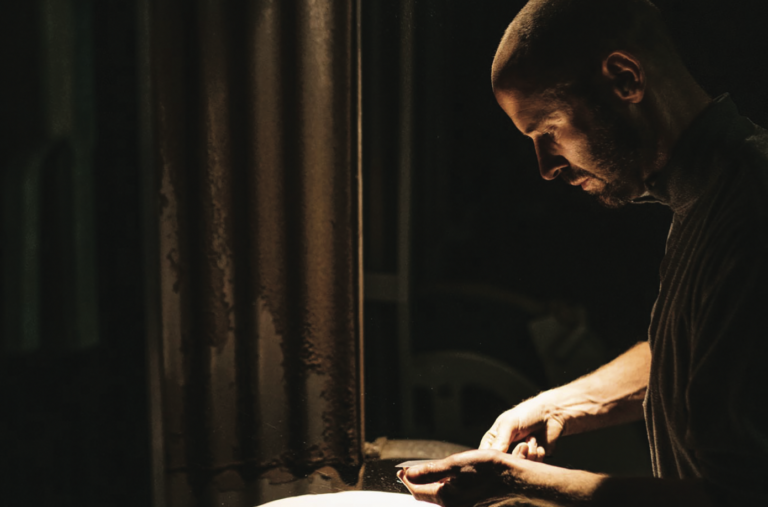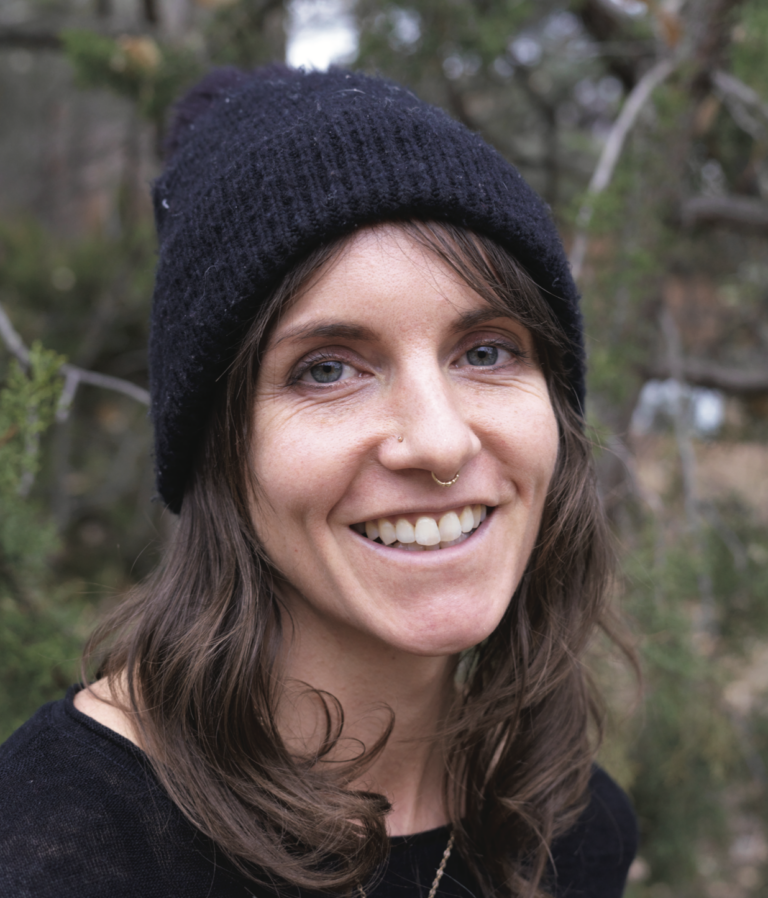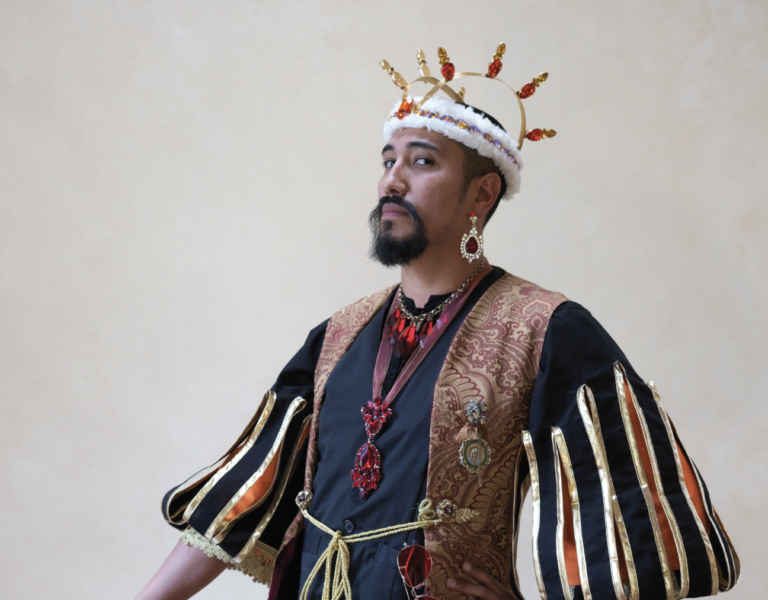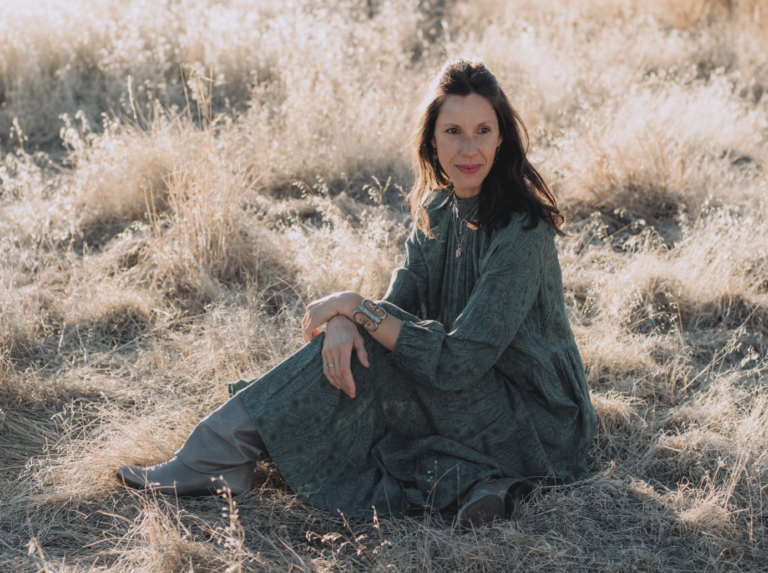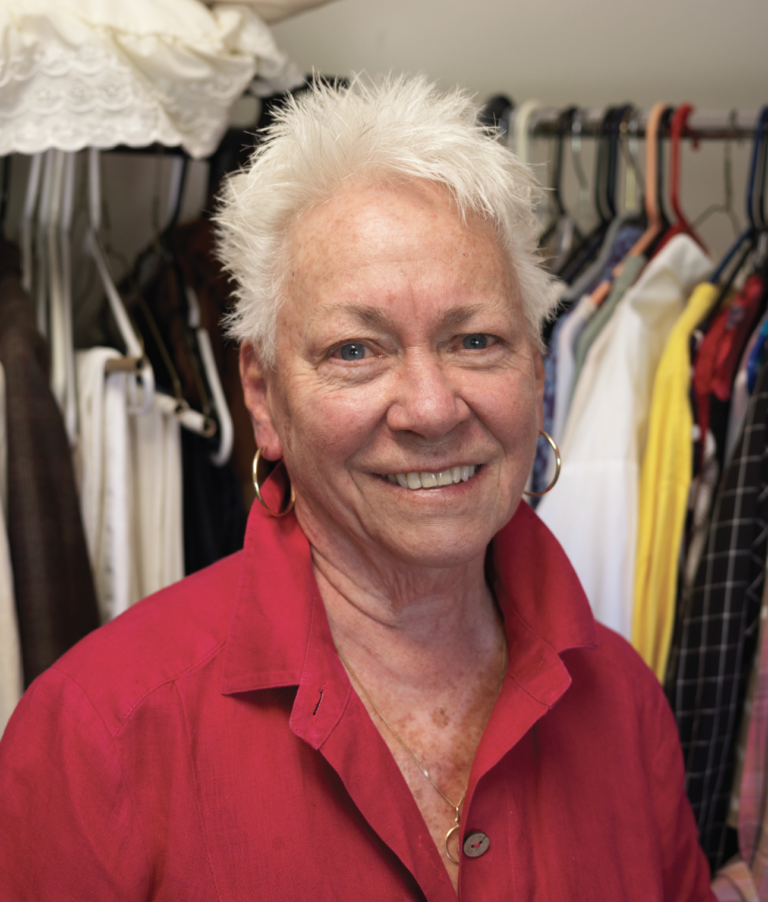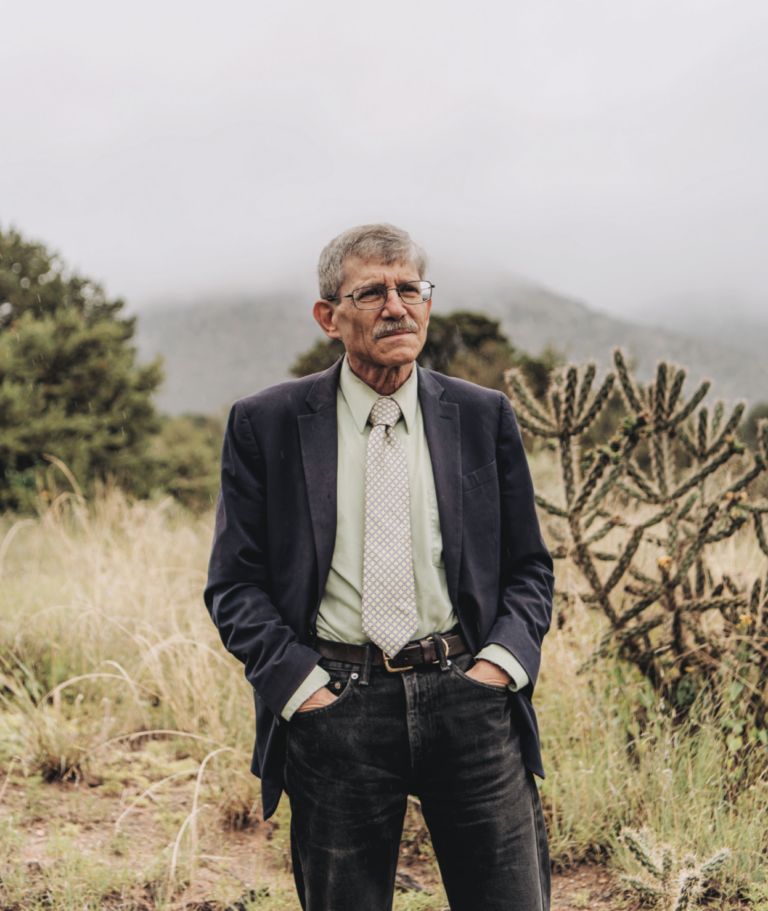HELEN THOMPSON HAS WORKED AS AN EDITOR and written for pretty much every architecture or design magazine you can name. Several years ago, she decamped from her native Austin, settled here, and began studying modern architecture in Santa Fe. Needless to say, we looked forward to what would be uncovered in her new book, Santa Fe Modern. Plenty, it turns out. Plenty that might make you rethink what modern means.
You have this idea that the past is supreme in New Mexico, that it defines everything – even modern architecture. You see modernism as having its antecedents in ancestral pueblo culture. Most people don’t normally associate modernism with pre-Columbian buildings.
No. And I didn’t either.
I started thinking about it 30 years ago. That’s when I visited Ghost Ranch for the first time and saw how Georgia O’Keeffe’s modern furniture looked so invigorating in such a rustic setting.
The more I thought about it over the years, the more I began to see historical precedents for modernism all over the Southwest – especially in the cliff dwellings, with their low-slung, site-specific designs. These come from a very different place than most architecture in the United States, which tends to be highly focused on Greco-Roman culture and is very much about statement-making facades around political ideals. This classically based architecture bristled with
order; symmetry; civil, political, military ideals. And it captured the imagination of America’s architects.
But our Southwestern architecture that’s been here for a thousand years is not about that. It’s domestic architecture that functions extremely well because it focuses on community and on the earth. The pueblo pragmatic style is fully functional and has no interest in decoration.
And the thoughtful modern architecture here has that same built-into-the-earth sensibility. (Of course, you can find aggressive, splashy glass stuff, but that’s not what I’m talking about.)
I’m talking about the architecture here that fits with the site, with the landscape, just like the cliff dwellings. They both look like they belong there. And they even employ similar building techniques.
When Mabel Dodge Luhan, Marsden Hartley, John Marin, Stuart Davis, Georgia O’Keeffe – this huge influx of artists – moved here in the 1920s, how did that affect architecture?
When they came here, they brought the idea of modernism. The landscape was a perfect expression of modernist volume, color, and simplicity. They loved the landscape and the vibrant colors, the bright blue sky, the pinks and purples at sunset. They were radical artists and used the landscape for fresh, modernist interpretations in their paintings. And their paintings were reflected perfectly in New Mexico itself. O’Keeffe, in particular, took this sensibility to her home, renovating her Ghost Ranch by adding simple picture windows and eliminating decorative vigas and canales. All of a sudden, modernist architectural and interior design sensibilities made their way into New Mexico.
And what about today? How has modernism evolved?
In the last two decades, new modern homes are changing the shape and intention of buildings and their relationship to the landscape. They are sensitive to incorporating the land into the designs so that the indoors and outdoors are connected in some way, which is not that easy since this is a fairly inhospitable climate. You can’t have the doors open all the time. So they connect to the land with embedded structures, large portals, and courtyards. You’re in the land, but you’re also in the house, and you’re very tied to everything that’s going on outside. And really, the early Pueblo architecture was the same way, protecting the inhabitants from the environment.
Modernism has happened here, and architects no longer have to design modern houses with a lot of bushes in front of them so no one notices. And the more you look at these new houses, the more you realize they’re simply an up-to-date version of what’s already been here. Of course, they are fully in the here and now, but they hearken back to building traditions and a more simple way of life. I think archaeologists actually understand this more than a lot of architects. It worked in the past, it works in the present, and it will in the future.
Learn more at monacellipress.com/book/santa-fe-modern-2
Photo Mary Moon



